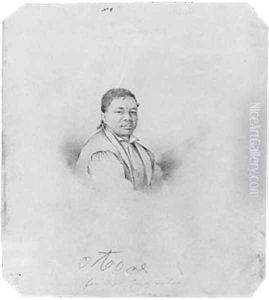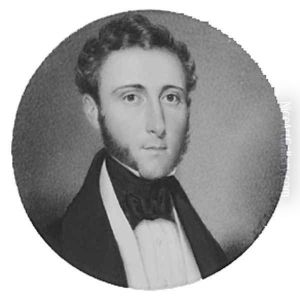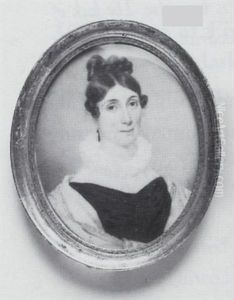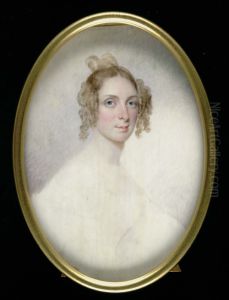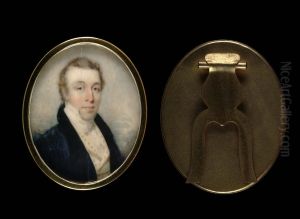Alfred Thomas Agate Paintings
Alfred Thomas Agate was an American artist known for his detailed miniature portraits and landscape paintings, as well as his scientific illustrations. Born on February 14, 1812, in Sparta, New York, Agate developed an early interest in art, which was nurtured through his education. He moved to New York City to further his training and quickly became part of the city's vibrant art scene. Agate was particularly skilled in the art of miniature painting, a popular genre of the time, which required exceptional attention to detail and precision.
In 1838, Agate's career took a significant turn when he was selected as an artist for the United States Exploring Expedition, also known as the Wilkes Expedition, which aimed to explore and map the Pacific Ocean and surrounding lands. This four-year voyage provided Agate with the opportunity to document exotic landscapes, flora, fauna, and cultures through his drawings and watercolors, contributing valuable scientific and ethnographic knowledge to the American public upon his return. His work during the expedition was crucial in illustrating the official reports and publications that followed, showcasing his ability to capture the nuances of the natural world and indigenous cultures.
Agate's contributions to the arts and sciences were cut short by his untimely death on January 5, 1846, in Washington D.C., at the age of 33. Despite his brief career, Agate left behind a legacy as a pioneer in the field of scientific illustration and ethnographic art. His works are preserved in several prestigious institutions, including the Smithsonian American Art Museum, highlighting his role in the intersection of art, exploration, and scientific discovery in the early 19th century. Agate's meticulous records and artistic creations continue to be studied and admired for their historical significance and artistic merit.
